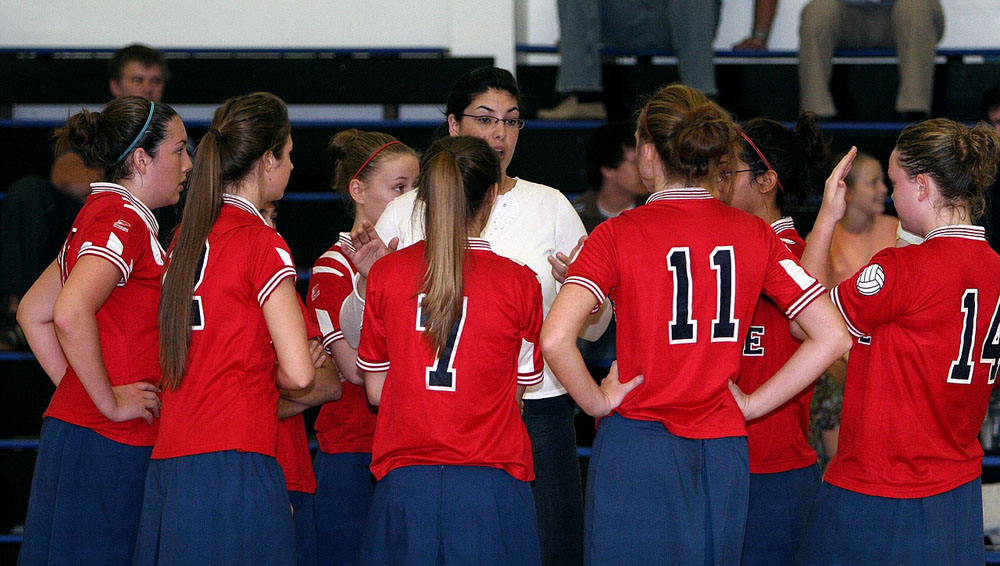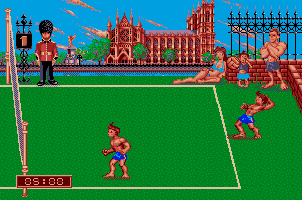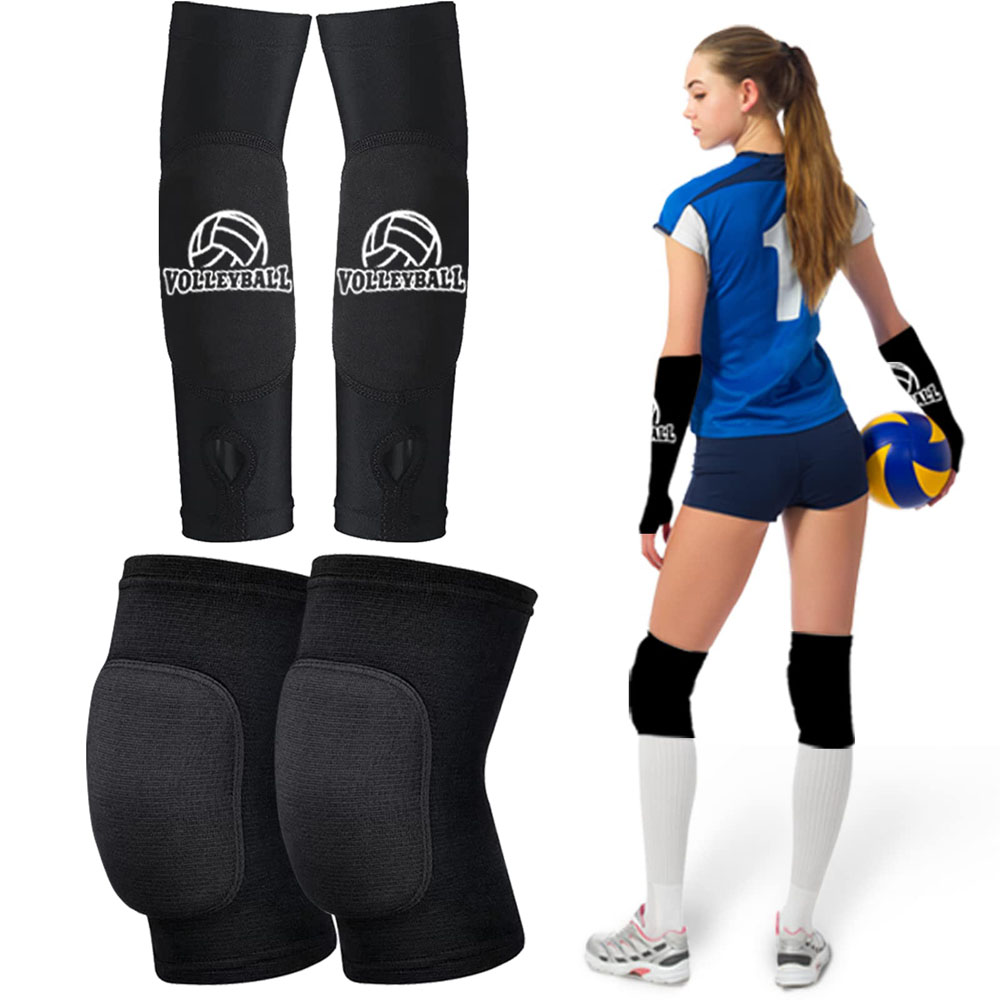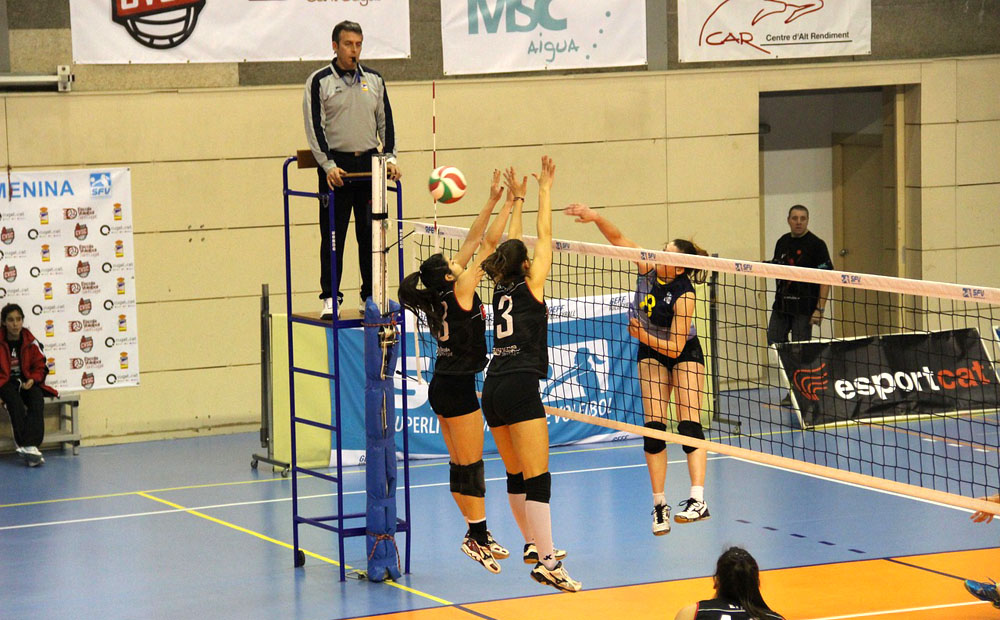Volleyball is one of the most popular sports in the world, with over 800 million players worldwide. This lively team sport has a long and fascinating history dating back over a century. Beyond the court, volleyball has influenced culture, business, and technology in surprising ways.
With origins from Europe to Asia and widespread popularity across continents today, volleyball offers no shortage of quirky details. Let’s explore some entertaining and engaging fun facts about volleyball!
#1 – Volleyball was invented as a low-impact sport.
In 1895, William G. Morgan invented volleyball at a YMCA gym in Holyoke, Massachusetts. He wanted to create a fun, low-impact indoor game for older members and athletes recovering from muscular injuries. The first volleyball nets were only 6 feet high. Players could bump, set, spike, or lob the ball over the net. Scoring was complex until standard rally scoring was adopted. Since that modest start, volleyball’s popularity has exploded.
Volleyball’s indoor roots made it stand out from older outdoor sports of the time. The game could be played year-round regardless of weather thanks to its compact indoor court. This accessibility enabled volleyball to grow rapidly across YMCAs and schools in the United States and abroad.

#2 – Olympic volleyball debuted in 1964.
After rising in popularity in the first half of the 20th century, volleyball became an official Olympic sport at the 1964 Tokyo Olympic Games. Japan took gold in the first Olympic tournament before the Soviet Union and East European teams started dominating in the 1970s and 80s.
Women’s volleyball debuted at the Olympics in 1964 as well. Early on, the Soviet Union took three straight women’s volleyball gold medals from 1964 to 1972. Variations like sitting volleyball and beach volleyball later joined the Games. Even today, volleyball remains closely associated with the Olympics. For instance, a volleyball player inspired the creation of the Paralympic Games.

#3 – Volleyballs were once made of animal bladders.
Here’s a weird fun fact about the early days of volleyball: the original balls were made of rubber inner tubes covered by leather panels stitched together. However, before rubber balls, volleyballs consisted of an inflated animal bladder inside leather casings. Pig bladders were commonly used as the inflatable inner layer. Kinda gross.
Thank goodness volleyballs have evolved. Today’s volleyballs are carefully constructed and tested for consistent size, weight, air pressure, and responsiveness. Inside is a flexible bladder made of synthetic rubber or other materials. The exterior features a durable synthetic leather membrane for optimal friction and handling. No pig organs required.

#4 – Sand volleyball originated on California beaches.
Most volleyball you see on TV takes place indoors on a hard court with six players per team. But a different outdoor two-person version was born in Southern California’s beach culture during the 1920s and 30s. Teams would simply draw lines in the sand and set up improvised nets on beaches near Santa Monica and Los Angeles.
Beach volleyball grew in popularity over the decades, spreading up and down the California coast. It gained official championship status and codified rule variations in the 1960s. Professional beach volleyball tours launched in the late 1980s, further cementing its popularity. Of course, playing in tight swimsuits amongst the glamorous backdrop of Santa Monica didn’t hurt either.

#5 – The volleyball player silhouette is one of the most iconic in sports.
Visual branding matters in sports. One of the most iconic player silhouettes belongs to volleyball. The classic volleyball silhouette features a player frozen mid-air, arm pulled back and legs bent, ready to spike the ball over the net. This dynamic posture captures the explosive power and athleticism of volleyball in a single shadow outline.
While other sports have great silhouettes like Michael Jordan dunking a basketball or a baseball pitcher winding up, the volleyball spiker conveys fast-paced action that is recognizable worldwide, helping make it one of the most ubiquitous sports logos. Companies frequently use this silhouette to evoke volleyball’s energy and motion.

#6 – Volleyball requires explosive vertical jumping.
Elite indoor volleyball athletes can jump incredibly high to spike and block the ball. The top male players often have vertical leaps over 40 inches from a standstill. To put that in perspective, the average adult male has a vertical jump of around 15 inches, and 30+ inches is considered excellent. But volleyball stars like Brazil’s Giba could launch over 40 inches up to reach maximum spiking height.
The physics of volleyball rewards tall players with long arms and fast-twitch muscle fibers. But proper technique like using your core and arms matters just as much. Volleyball became an outlet for athletes seeking exciting aerial maneuvers instead of higher-impact dunking. Stylish spiking is perhaps volleyball’s most crowd-pleasing and gravity-defying skill.

#7 – Rotations and positions prevent height imbalances.
Volleyball wisdom says that tall players have the advantage. They can spike higher and block more easily. But rules ensure height alone doesn’t determine everything. The rotation system means taller front-row players switch to the back row after serving, letting shorter players rotate to the front. This ensures well-rounded teams with complementary skills.
Mandatory rotation prevents teams from stacking all their tall players permanently up front. It also allows more regular substitutions and position specialization. So just having the six tallest players doesn’t guarantee victory. Careful volleyball strategy means recognizing and optimizing your players’ strengths wherever they stand.

#8 – Volleyball features prominently in film and TV.
From Hollywood movies to TV sitcoms, volleyball has carved out an oddly prominent place in entertainment over the decades. Consider that cinematic depictions often associated beach volleyball with California surfer culture, like the musical beach party films of the 1960s.
Memorable volleyball highlights on screen include a pretty intense montage in Top Gun, the hilarious water-based family scene in Meet the Parents, and Jason Segel’s dracula-style volleyball match in Forgetting Sarah Marshall. Even cartoon classics like Hey Arnold! and Rugrats showed characters playing recreational volleyball.
On TV, Gabrielle “Gabby” Reece hosted MTV’s Fitness Beach from 1989 to 1996 featuring competitive beach volleyball. More recently, the anime Haikyu!! and Attack No. 1 centered entirely around the lives of a high school boys’ volleyball team. So volleyball serves up entertainment across genres from dramas to comedies to anime. Interesting!

#9 – Volleyball video games span decades.
From the 1980s to today, volleyball has featured prominently in arcade, computer, and console video games. Early examples included Volleyball and Beach Volleyball for the Atari 2600. NES games Super Spike V’Ball and Nintendo World Cup allowed gamers to play indoor or beach volleyball.
Later titles included EA Sports’ NCAA Volleyball franchise, Dead or Alive Xtreme Beach Volleyball, and 2008’s Beach Spikers. The game incorporates real professional beach volleyball players and organizations. For instance, the Association of Volleyball Professionals (AVP) Pro Beach Volleyball for Xbox 360 featured AVP pros like Kerri Walsh Jennings and Misty May-Treanor. These games are super fun and graphically beautiful. Imagine that, even gamers can become pro beach volleyball stars.


#10 – The Mikasa VLS300 is the official ball of professional volleyball.
Mikasa Sports produces the exclusive ball used in official indoor volleyball competitions worldwide like the Olympics, Fédération Internationale de Volleyball (FIVB) tournaments and USA Volleyball matches. The Mikasa VLS300 features a soft leather-like 8-panel cover exterior over a rubber bladder. It meets strict standards for size, weight, air retention, and responsiveness.
Starting in 1983, the Mikasa MVA200 was the required ball. That’s almost 50 years! The VLS300 replaced it in 2013 with updates like a smother composite leather texture and higher air retention. Only minor variations like graphics separate the balls used for FIVB versus Olympic play. So the Mikasa VLS300 serves as the undisputed gold standard.

#11 – Volleyball features unique rotational substitution rules.
Volleyball has distinct substitution rules that heavily influence gameplay and strategy. The 2008 Beijing Olympics increased allowable subs from two to six per set to encourage more frequent rotations. But teams cannot simply swap players in and out freely as in other sports. Players rotate positions on the court and can only sub into specific spots to replace others.
The libero position highlights special volleyball substitution exceptions. This defensive specialist can freely enter games but is restricted to the back row. Understanding these intricate sub-patterns and how to exploit them makes master volleyball strategists. It also requires adaptable players ready to shift roles as the game evolves.
#12 – Volleyball led to advances in sports fashion and protective gear.
Early volleyball uniforms consisted simply of shorts and tee shirts. But specialized performance beach volleyball gear eventually developed, including spandex bottoms for women and tight-fitting tops for mobility. This pioneering sportswear later influenced gym workout apparel more broadly.
Volleyball shoes also evolved from regular sneakers to performance footwear with features like a split-sole design that prevents rolling ankles. And advances in knee pad technology owe much to volleyball. Brands like Mizuno and ASICS have developed specialized padding to absorb the impact of repetitive floor dives. So innovations for volleyball found applications improving comfort and safety in other athletic gear.

#13 – Volleyball strategy involves complex positions.
Volleyball features unique positional strategies thanks to its rotation system. Players must master individual skills for positions like outside hitter, middle blocker, opposite hitter, setter, and libero. Each rotational scheme puts different players in the front or back row. This complexity allows elite teams to develop innovative tactics and specializations.
Setters orchestrate each point with arcing assists to hitters based on matchups. Liberos roam the backcourt tirelessly digging spikes. Middle blockers neutralize attacks at the net. And deadly left-handed opposite hitters exploit gaps. Each player has a strategic role dictated by constantly shifting rotations. Mastering these synergies leads to volleyball success.

Fun Facts About Volleyball: Conclusion
The fun facts shared above provide a new appreciation for the origins, evolution, and hidden dimensions of volleyball. This sport has come a long way from the original YMCA gymnasium version to today’s global professional playing field.
Volleyball offers teamwork, amazing athleticism, and tactical depth for competitors and spectators alike. Off the court, volleyball continues to inspire innovations impacting sports, fashion, pop culture, and more. So whether you are a lifelong player or just tuning in, volleyball rewards your attention in so many surprising ways!


